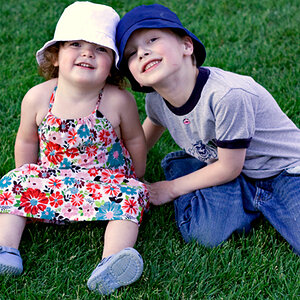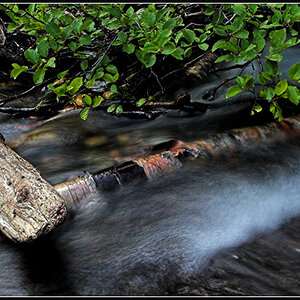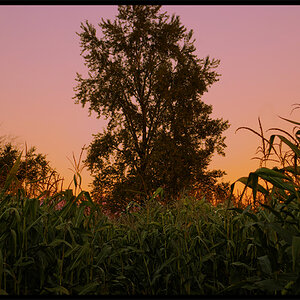Vivid Lizard
TPF Noob!
- Joined
- Feb 8, 2024
- Messages
- 2
- Reaction score
- 1
- Location
- California
- Can others edit my Photos
- Photos NOT OK to edit
Hi. I'm brand new to this forum and thanks for reading this inquiry.
I'm a location scout for film and TV and am trying to find a second camera that fits my needs for better "quick" photos with less need to post process.
Right now I have a full frame Canon EOS RP camera which I enjoy for various reasons but the images need a lot of post processing. Also, the HDR function is useless since it requires me to wait 10 seconds each shot to process, and the camera is completely locked down during that time.
It's fairly straightforward to get a good HDR image by combining multiple, bracketed RAW photos (which I do), but if I'm on a scout I can have a hundred or more photos to process and sometimes the client can't wait.
So, I'm looking for a versitile camera that doesn't cost an arm and a leg, has acceptable noise characteristics, and can either take various lenses (Canon RF full-frame or Sony E APS-C since I have those already, but willing to start over) OR has a large angle range if it has a built-in lens (with at least a 24mm equiv. on the wider end... less would be better).
But most important is what it's JPG's look like right out of the gate. This is the crux of my inquiry... if I can get JPG's where the blacks aren't crushed and the whites aren't blown out, AND the image has a pleasing brightness and contrast to it, I would be a happy camper. This is so I can simply get my images processed and sent to my client with little fuss.
Heck, my older Samsung Galaxy S20 Ultra phone does a pretty good job with it's "HDR" images (although they are probably simply stretching the dynamic range from RAW info). But using my phone on a pro job isn't good for me... shots taken from a low angle are an extreme PITA plus other reasons.
Thank you... any advice would be appreciated.
I'm a location scout for film and TV and am trying to find a second camera that fits my needs for better "quick" photos with less need to post process.
Right now I have a full frame Canon EOS RP camera which I enjoy for various reasons but the images need a lot of post processing. Also, the HDR function is useless since it requires me to wait 10 seconds each shot to process, and the camera is completely locked down during that time.
It's fairly straightforward to get a good HDR image by combining multiple, bracketed RAW photos (which I do), but if I'm on a scout I can have a hundred or more photos to process and sometimes the client can't wait.
So, I'm looking for a versitile camera that doesn't cost an arm and a leg, has acceptable noise characteristics, and can either take various lenses (Canon RF full-frame or Sony E APS-C since I have those already, but willing to start over) OR has a large angle range if it has a built-in lens (with at least a 24mm equiv. on the wider end... less would be better).
But most important is what it's JPG's look like right out of the gate. This is the crux of my inquiry... if I can get JPG's where the blacks aren't crushed and the whites aren't blown out, AND the image has a pleasing brightness and contrast to it, I would be a happy camper. This is so I can simply get my images processed and sent to my client with little fuss.
Heck, my older Samsung Galaxy S20 Ultra phone does a pretty good job with it's "HDR" images (although they are probably simply stretching the dynamic range from RAW info). But using my phone on a pro job isn't good for me... shots taken from a low angle are an extreme PITA plus other reasons.
Thank you... any advice would be appreciated.


![[No title]](/data/xfmg/thumbnail/35/35872-12704b8c65e1c009d7089ccba367abb6.jpg?1619737198)
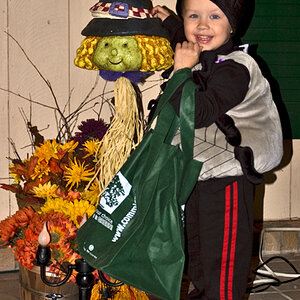
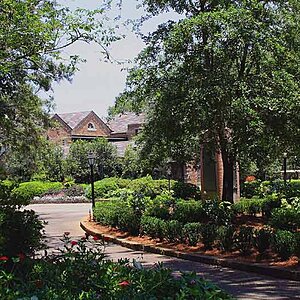
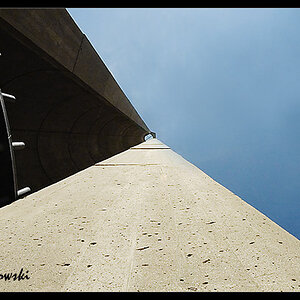
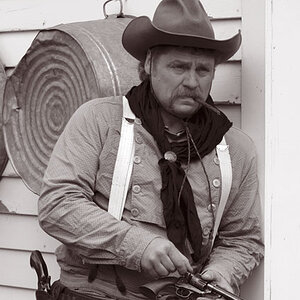
![[No title]](/data/xfmg/thumbnail/34/34056-de7cd932b4cd702c2f77e0f5c9ec1aa2.jpg?1619736256)
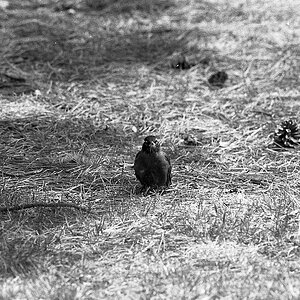
![[No title]](/data/xfmg/thumbnail/38/38261-db20f6f92ee8f0d4c5cf1536e308638b.jpg?1619738546)
